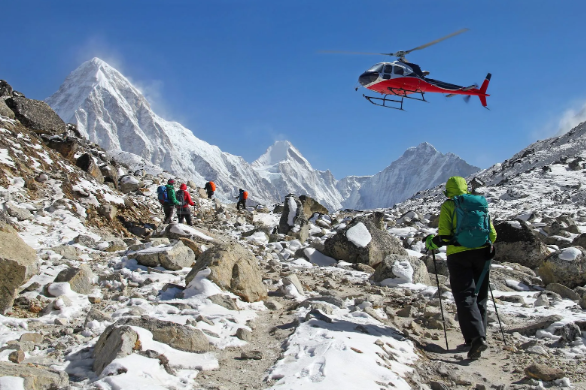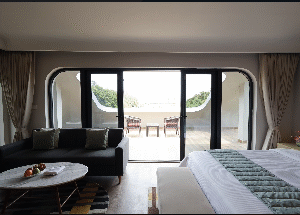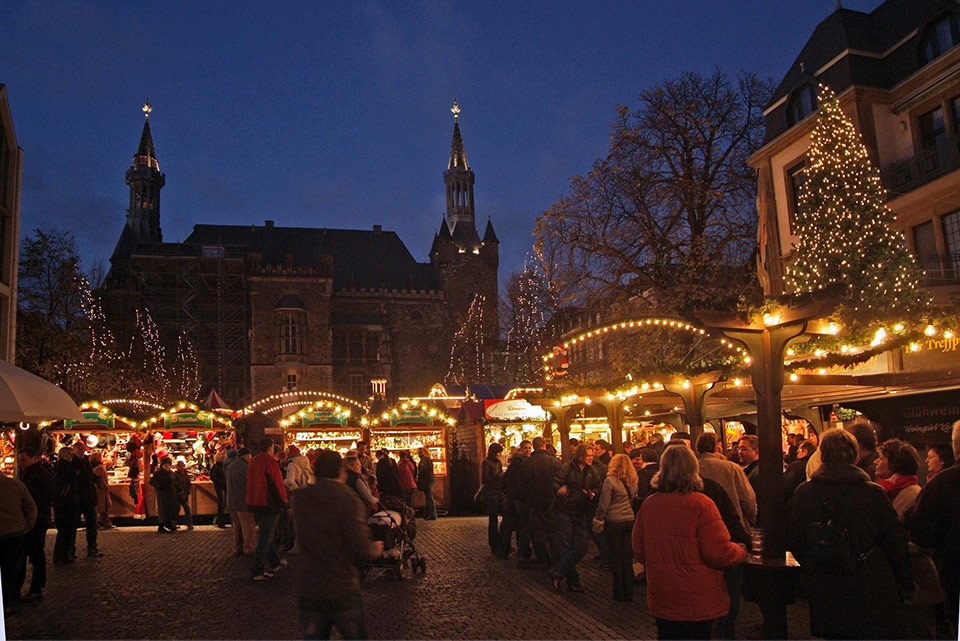
The Everest Base Camp Trek with Return Helicopter combines the thrill of hiking to the base of Mount Everest—the world’s highest peak at 8,848 meters—with the luxury of a swift aerial return, making it an ideal option for adventurers short on time or seeking to minimize fatigue. Situated in Nepal’s Khumbu region within Sagarmatha National Park, a UNESCO World Heritage Site, this hybrid journey allows trekkers to immerse themselves in Sherpa culture, rhododendron forests, suspension bridges, and stunning views of peaks like Lhotse, Nuptse, and Ama Dablam, while covering only the ascent on foot. Unlike the full 12-14 day round-trip trek spanning 130 kilometers, this version typically lasts 9-12 days, with walkers covering about 65 kilometers one way to Everest Base Camp (EBC) at 5,364 meters, followed by a helicopter flight back from Gorak Shep to Kathmandu or Lukla. In 2025, enhanced helicopter services and sustainable tourism initiatives make it more accessible, appealing to busy professionals, families, or those with moderate fitness levels who still crave the achievement of reaching EBC. The trek starts with a flight to Lukla, ascends through villages like Namche Bazaar and Tengboche, and culminates at EBC, before the heli return offers bird’s-eye views of the Himalayas. Optimal seasons are spring (March-May) for vibrant flora and clear weather, or autumn (September-November) for stable conditions and cultural festivals, steering clear of monsoon rains or winter closures.
Preparing for the Trek
Preparation mirrors the standard EBC trek but accounts for the abbreviated return, focusing on building stamina for the uphill journey while ensuring safety at high altitudes. Assess your fitness honestly: The trek involves 6-8 hour daily hikes with steep inclines, so start training 3-6 months prior with cardio routines like brisk walking, jogging, or cycling 4-5 times weekly, escalating to hill hikes with a 10-15 kg backpack. Incorporate strength training (squats, lunges) and yoga for flexibility to handle uneven terrain and prevent injuries. Mental readiness is key—embrace basic teahouse living and variable weather.
Acclimatization remains critical to avoid Acute Mountain Sickness (AMS), with symptoms including headaches, nausea, and dizziness. Follow “climb high, sleep low,” hydrate with 3-4 liters daily, consume carb-heavy meals like dal bhat, and avoid alcohol or smoking. Consider preventive meds like Diamox, and include rest days in Namche and Dingboche. If symptoms arise, descend promptly; helicopter evacuations are covered in mandatory travel insurance.
Packing emphasizes versatility for Himalayan extremes: Layer with moisture-wicking base layers, insulating fleeces, and waterproof jackets/pants. Must-haves include broken-in trekking boots, trekking poles, a zero-degree sleeping bag, gloves, hat, UV sunglasses, sunscreen, water purification (tablets or filter), first-aid kit, energy snacks, and a headlamp. Porters carry up to 20-25 kg, so use a duffel for them and a daypack for essentials. Documents: Passport copies, insurance for high-altitude rescue, and permits—Sagarmatha National Park Entry ($30) and Khumbu Pasang Lhamu Rural Municipality ($20), obtainable in Kathmandu or Lukla via a licensed agency. Hiring a guide is recommended for navigation, cultural insights, and safety; solo trekking is discouraged in this region. Book with reputable operators like Discover Altitude or Nepal Horizon Treks for 2025 packages, including heli arrangements.
Day-by-Day Itinerary
A typical 10-day itinerary balances trekking with acclimatization, ending in a dramatic helicopter return.
- Day 1: Arrival in Kathmandu (1,400m): Transfer to hotel, gear check, and briefing. Optional sightseeing in Thamel.
- Day 2: Fly to Lukla (2,860m), Trek to Phakding (2,610m): 30-minute flight, then 3-4 hour hike (8 km) along the Dudh Koshi River—easy start.
- Day 3: Phakding to Namche Bazaar (3,440m): 5-6 hours (11 km), crossing bridges and ascending steeply—enter Sagarmatha Park.
- Day 4: Acclimatization in Namche: Hike to Everest View Hotel (3,880m) for first Everest sights, visit Sherpa museum.
- Day 5: Namche to Tengboche (3,860m): 5-6 hours (10 km) through forests, arriving at Tengboche Monastery with Ama Dablam views.
- Day 6: Tengboche to Dingboche (4,410m): 5-6 hours (12 km), gaining altitude amid yaks and stupas.
- Day 7: Acclimatization in Dingboche: Side hike to Nagarjun Hill (5,100m) for panoramas, rest for adaptation.
- Day 8: Dingboche to Lobuche (4,940m): 4-5 hours (8 km) along the Khumbu Glacier moraine—solemn Everest Memorial.
- Day 9: Lobuche to Gorak Shep (5,164m) and EBC (5,364m): 7-8 hours total (12 km round trip to EBC)—reach base camp, overnight in Gorak Shep.
- Day 10: Kala Patthar (5,545m) Hike and Helicopter Return: Early ascent for sunrise views, then helicopter from Gorak Shep to Kathmandu (45-60 minutes), overflying the route.
Variations may include a heli return from EBC itself or extensions to Gokyo Lakes, but standard plans prioritize safety and views.
Challenges and Tips
Key challenges include altitude sickness from rapid gains, physical demands of daily hikes, and unpredictable weather—freezing nights, high winds, or sudden snow. The return heli mitigates downhill knee strain but doesn’t eliminate ascent fatigue. Teahouses offer basic amenities (shared toilets, no heat), so pack accordingly. Tips: Pace slowly (“pole pole”), respect Sherpa customs with “Namaste,” try local teas, carry cash for extras like hot showers ($3-5), and use eco-friendly practices—leave no trace. For families or beginners, it’s feasible with guides; monitor kids for AMS. Weather can delay helis, so add buffer days and confirm insurance covers cancellations. Overall, the heli return adds luxury, reducing total exertion while amplifying the sense of accomplishment.
Costs in 2025
For 2025/2026, expect $1,950-$3,199 per person, varying by group size (cheaper for 4+), season, and inclusions. Breakdown: Domestic flights ($150-200), permits ($50-60), guide/porter ($20-30/day), teahouse stays/meals ($25-40/day), and helicopter return ($500-800 shared). Luxury packages add better lodges; solo travelers pay more ($2,100+). Budget extra for insurance ($100-200), tips ($50-100), and personal items. Off-peak discounts available; book early via agencies for fixed rates.
Conclusion
The Everest Base Camp Trek with Return Helicopter in 2025-2026 offers an efficient, exhilarating path to one of the planet’s most iconic destinations, blending gritty trekking with aerial splendor. Returning with tales of EBC triumphs, Sherpa warmth, and Himalayan vistas from above, you’ll cherish this balanced adventure. Plan meticulously, trek sustainably, and soar home transformed—it’s the perfect fusion of challenge and convenience.






